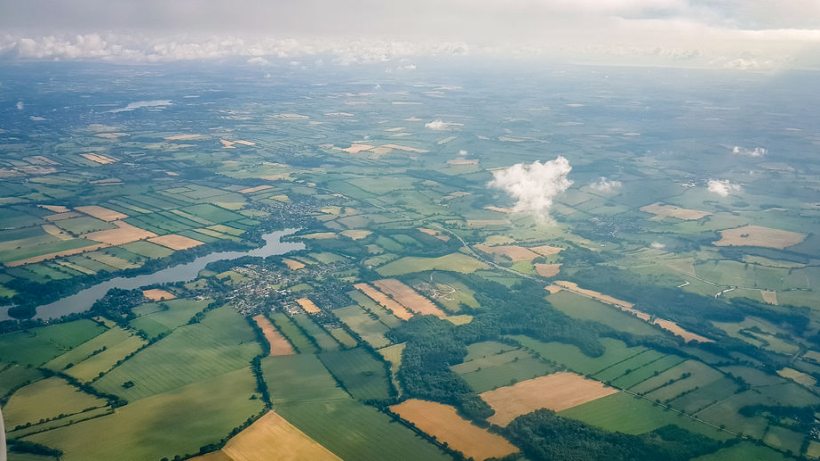
UK scientists have unveiled a novel tool to help farmers find the safest way to use waste fertiliser in a bid to reduce its impact on the environment.
The Waste to Land (W2L) computer tool identifies the best and safest places to use biosolids in fields.
Figures show that approximately 100 million tons of organic waste materials are spread on UK farmland each year.
W2L uses visuals and maps to show farmers the safest areas to apply organic waste, which is hoped will give them confidence in its long-term use.
The tool combines environmental statistics and existing data to generate fresh intelligence.
While the prototype currently shows a UK perspective, it will eventually be tailored so that farmers can drill down to individual plots of land.
The team, from Glasgow Caledonian University, were concerned that organic fertiliser could leak into rivers, pollute the environment and enter the food chain.
Project lead Dr Alejandro Gonzalez Ollauri said: “There is evidence to suggest that the use of organic waste materials improves the quality of the soil, enhances crop yield, reduces the costs to both industry and farmers, and thus contributes to a circular economy.
“The use of organic fertilisers in the UK is subjected to restrictive regulations, attempting to avoid introducing pathogens, heavy metals and now microplastics into water bodies and the food chain.
“It is therefore crucial to reduce the environmental impact of recycling organic waste into farmland by identifying adequate locations for their spreading and by predicting the effect of such land practice.”
He added that future work will strive to transform W2L into a “robust, user-friendly interface”, so it can be easily accessible for multiple users, including policy-makers.
The study was funded by the EPSRC through the SECURE Network, and has been published in the journal Agricultural Systems.
